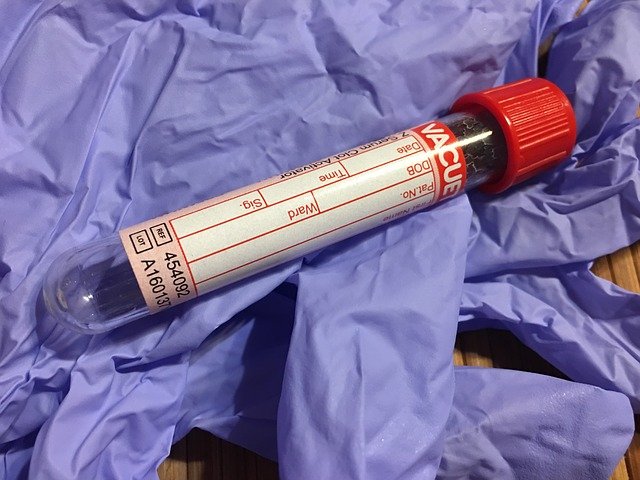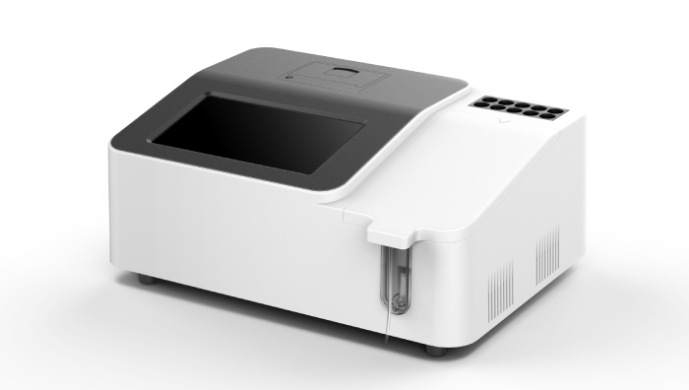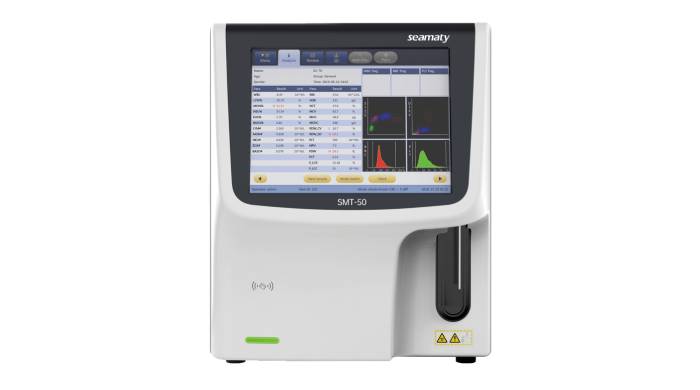What is IVD?
In vitro diagnostics (IVD) refers to products and services that obtain clinical diagnostic information by testing human samples (blood, body fluids, tissues, etc.) outside the human body to determine diseases or body functions.
At present, about 80% of clinical diagnostic information comes from in vitro diagnostics, which is called the "doctor's eye". In vitro diagnostics is the largest segment of medical devices. In vitro diagnostics has become an increasingly important part of human disease prevention, diagnosis and treatment.
In vitro diagnostics mainly includes blood test, biochemical diagnosis, immune diagnosis, molecular diagnosis, microbiology diagnosis, POCT, etc. The mainstream diagnostic methods include: biochemical diagnosis, biochemical diagnosis, immune diagnosis, molecular diagnosis, microbiology diagnosis, and POCT. Among them, the mainstream diagnostic methods are: biochemical diagnosis, immune diagnosis, and molecular diagnosis. The following is the introduction and comparison of the 3 mainstream in vitro diagnostic methods.
1.Biochemical diagnosis
Biochemical diagnosis refers to the measurement of various indicators of human tissues through various biochemical or immunological reactions. The main test substances are enzymes, sugars, lipids, etc.
2. Immunodiagnosis
Immunodiagnosis is a highly selective diagnostic method established by using the specific reaction between the substance to be tested and its corresponding substance. Immunodiagnosis is often achieved through the immune reaction of antigen and antibody, and the sensitivity of the test is enhanced by using various carriers to amplify the reaction signal. Compared with biochemical diagnosis, it has higher precision, sensitivity and lower error rate. However, its detection objects are mainly small molecule proteins, hormones, fatty acids and other substances in the body, which are essentially determined and expressed by genetic data, and immunodiagnosis cannot observe their genetic status.
3. Molecular diagnosis
Molecular diagnosis can observe the genetic status, which mainly refers to the detection of genes encoding various structural proteins, enzymes, antigens and antibodies, and immunologically active molecules related to diseases, and is suitable for high-throughput processing. Therefore, in terms of detection accuracy and detection speed, molecular diagnosis is higher than immunodiagnosis, and immunodiagnosis is higher than biochemical diagnosis.
In vitro diagnostic equipment classification and scenario application
Diagnostic equipment is divided into large desktop equipment and
POCT equipment, the former is huge, requires numerous supporting equipment, and can only be used in large hospital center laboratories because of the harsh environment. And the detection time is long, the use of high cost, need to deal with a large number of test products to amortize the cost, can not be used in retail type. POCT equipment is the opposite, easy to carry, short detection time, low cost of use. With the advancement of technology, POCT devices have been improving their detection accuracy and broadening the detection range, which can meet most of the diagnostic needs.
In terms of application scenarios, in vitro diagnostic equipment in order to pursue a wider range of scenarios in the field, community hospitals, families, outpatient departments and other applications, decided that in vitro diagnostic POCT equipment must be miniaturized and lightweight.
Most of the existing POCT devices use detection methods such as laminimetry or permeation method. Its testing accuracy needs to be improved, and its application is mainly concentrated in a few fields such as blood glucose and cardiac markers. Microfluidic technology will effectively improve the accuracy, range and speed of detection. In this context, microfluidics + molecular diagnostic devices will be the development direction of in vitro diagnostic industry and have great market potential.
Smarter SD1 biochemical analyzer adopts microfluidic technology with precise internal independent channel design to effectively avoid cross-contamination and ensure that reagent reactions are not interfered by other substances.



